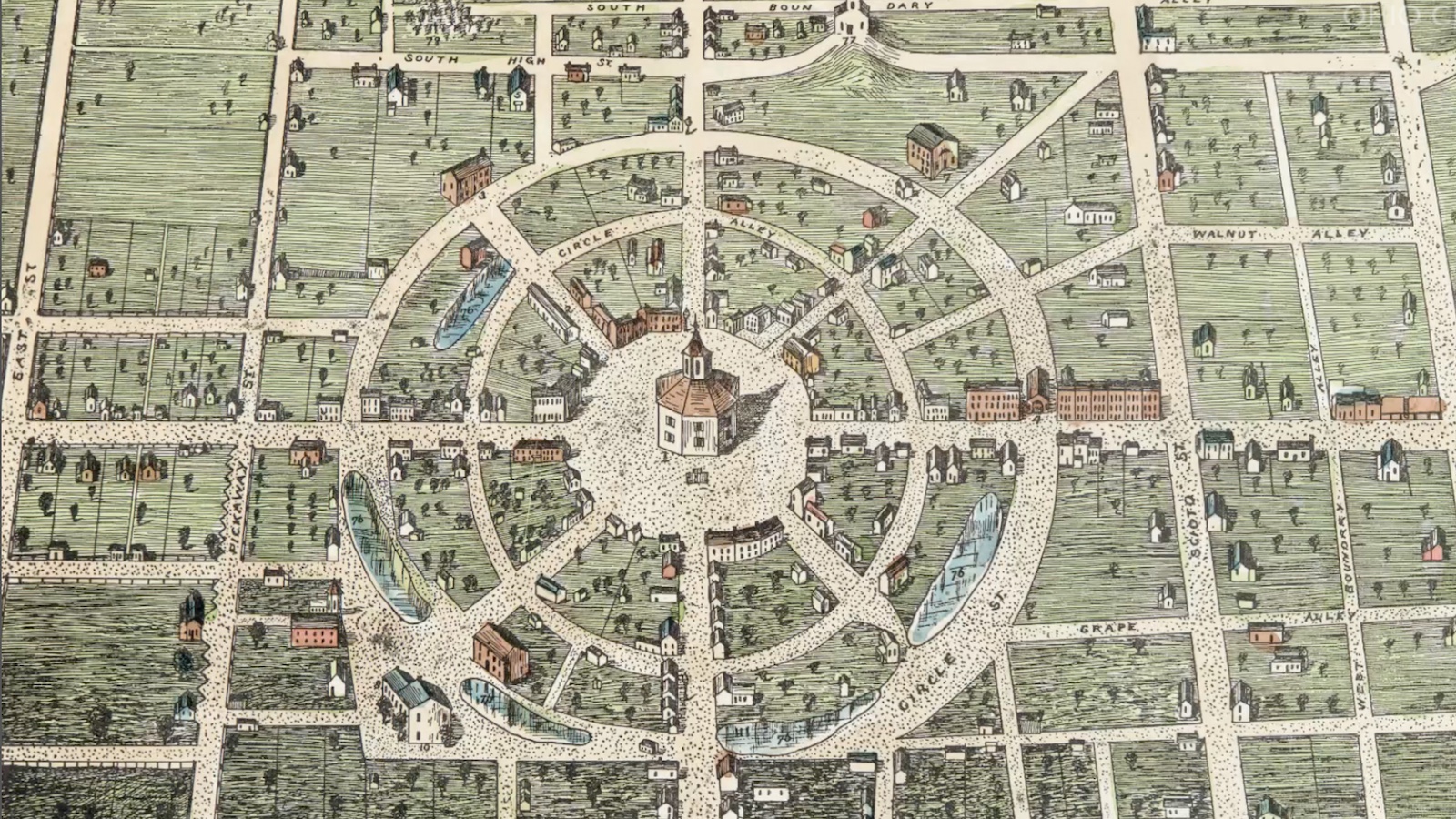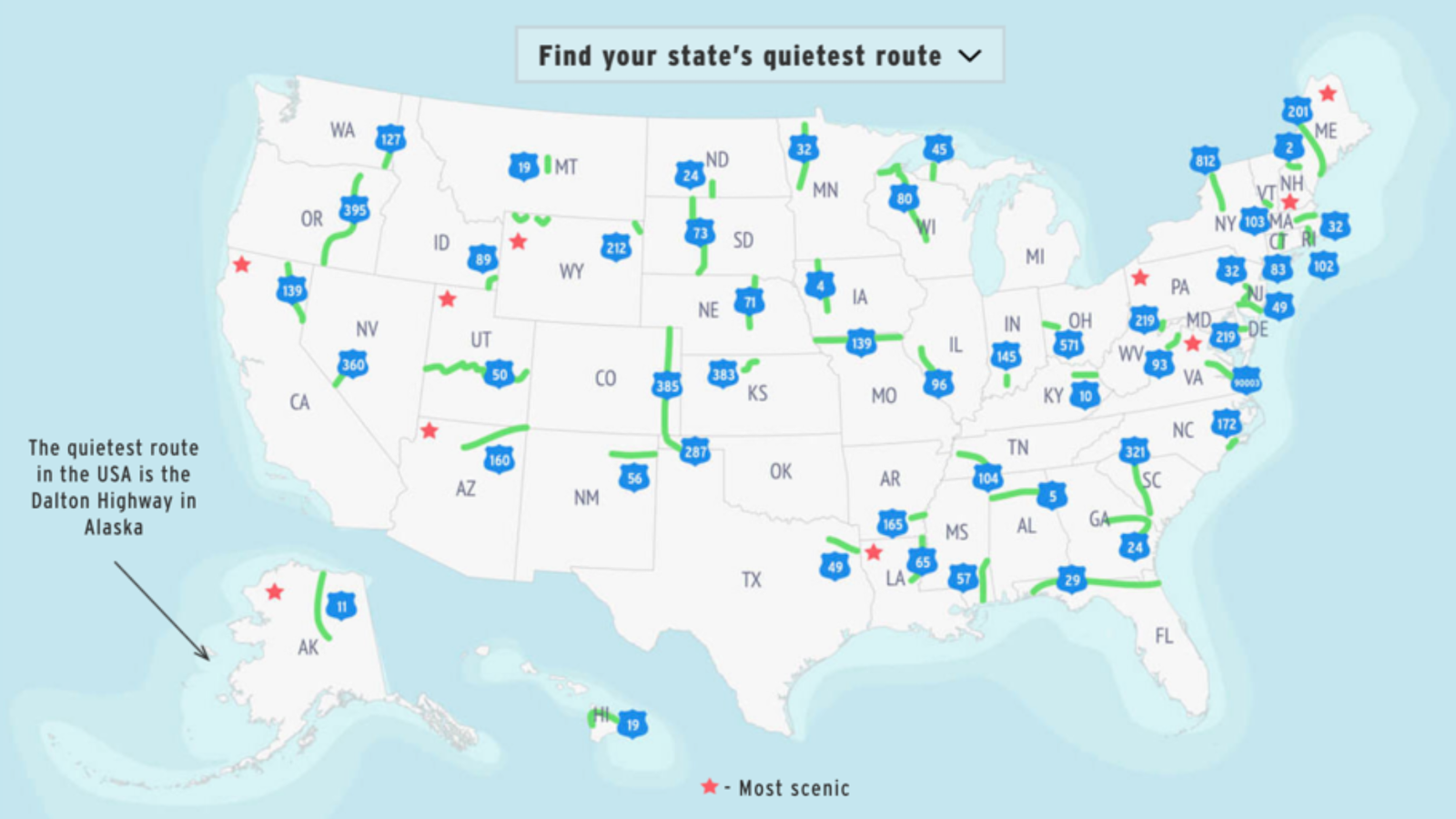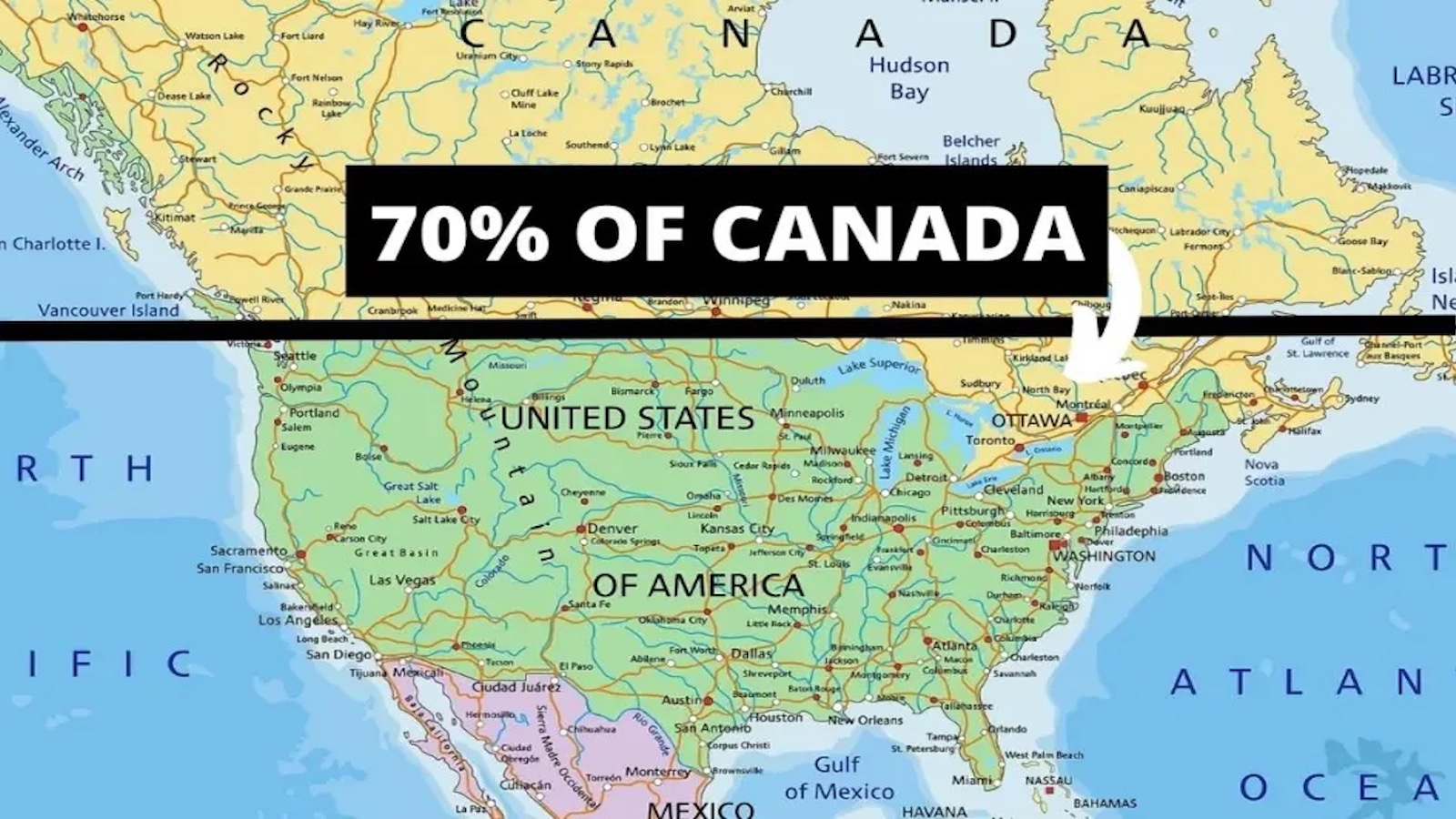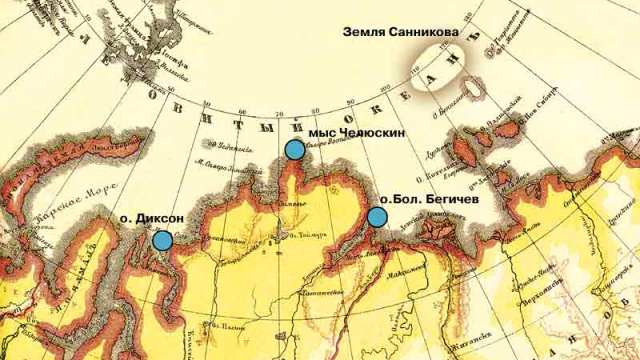68 – Where Delaware Met Pennsylvania (2): the Wedge
n
The Pennsylvania-Delaware border is characterised by not one, but two cartographic anomalies. One is the Twelve Mile Circle (see previous post), the other one is the Delaware Wedge, an area of about 3 km² literally plugging the gap between the western part of the Circle and the northeastern edge of the Maryland border (which incidentally is synonymous with the Mason-Dixon line here). Pennsylvania recognised Delaware’s claim on the Wedge only in 1921. Here’s how it happened:
n
1632. The charter for Maryland gives the entire Delmarva peninsula (*) up to the 40th parallel to the Calvert family who, besides Maryland, also own the Province of Avalon on Newfoundland).
n
1644. The Duke of York decides that the area around New Castle should be administered as a colony separate from Maryland.
n
1681. William Penn receives his charter for Pennsylvania, which grants him land west of the Delaware River and north of the 40th parallel. Any land in a 12 mile radius from New Castle was excluded from Pennsylvania… But this merely demonstrates the sometimes shoddy chartering of the area: New Castle is actually 25 miles south of the 40th parallel. Later, the Penns acquire the Three Lower Counties, desiring access to the sea. They do remain a separate possession, though.
n
1750. Delaware’s northern and southern borders are fixed, by the surveying of the Twelve Mile Circle (in the north) and the Transpeninsular Line (in the south). This sort of settles the boundaries between the three states, which remained vague for almost 80 years. The Calverts (Maryland) and the Penns(Pennsylvania and Delaware) reached an agreement on the demarcation of their possessions:
n
·The Transpeninsular Line;
n
· A Tangent Line, connecting the middle of the Transpeninsular Line with the western side of the Twelve Mile Circle;
n
· A North Line from the tangent point to a line 15 miles south of Philadelphia, running at 39°43’ N (as a compromise to the 40th parallel).
n
·Any part west of the North Line remains part of Delaware (this segment is known as the Arc Line)
n
Between 39°43’N latitude, the Twelve Mile Circle and the North Line lies a small ‘wedge’ of territory, well east of the Mason-Dixon Line and therefore outside the jurisdiction of Maryland. Ownership of the Wedge only became an issue after Pennsylvania and Delaware became separate states.
n
Pennsylvania claimed the Wedge on the basis that it lay beyond the Twelve Mile Circle and therefore should be Pennsylvania’s by default. Delaware claimed the Wedge because Pennsylvania was never supposed to be this far south. Because it is south of the Compromise Line of 39°43’ N, it should be Delaware territory. In 1921, Pennsylvania finally agreed.
n
Due to the complexities of determining this border (tangent lines and all), astronomer Charles Mason and surveyor Jeremiah Dixon were hired. They surveyed the border between the possession of the Calvert and Penn families and in the process drew up what became known as the ‘Mason-Dixon Line’. Even today, the Mason-Dixon Line is referred to as the dividing line between the North and the South (also known as ‘Dixie’).
n
(*): the name of this peninsula is composed of the three states occupying it: DELaware, MARyland and
nVirginiA. It doesn’t appear to have a proper name of its own, and it’s unclear if the peninsula ever had one, and from when it was actually called by its present acronym.
n






